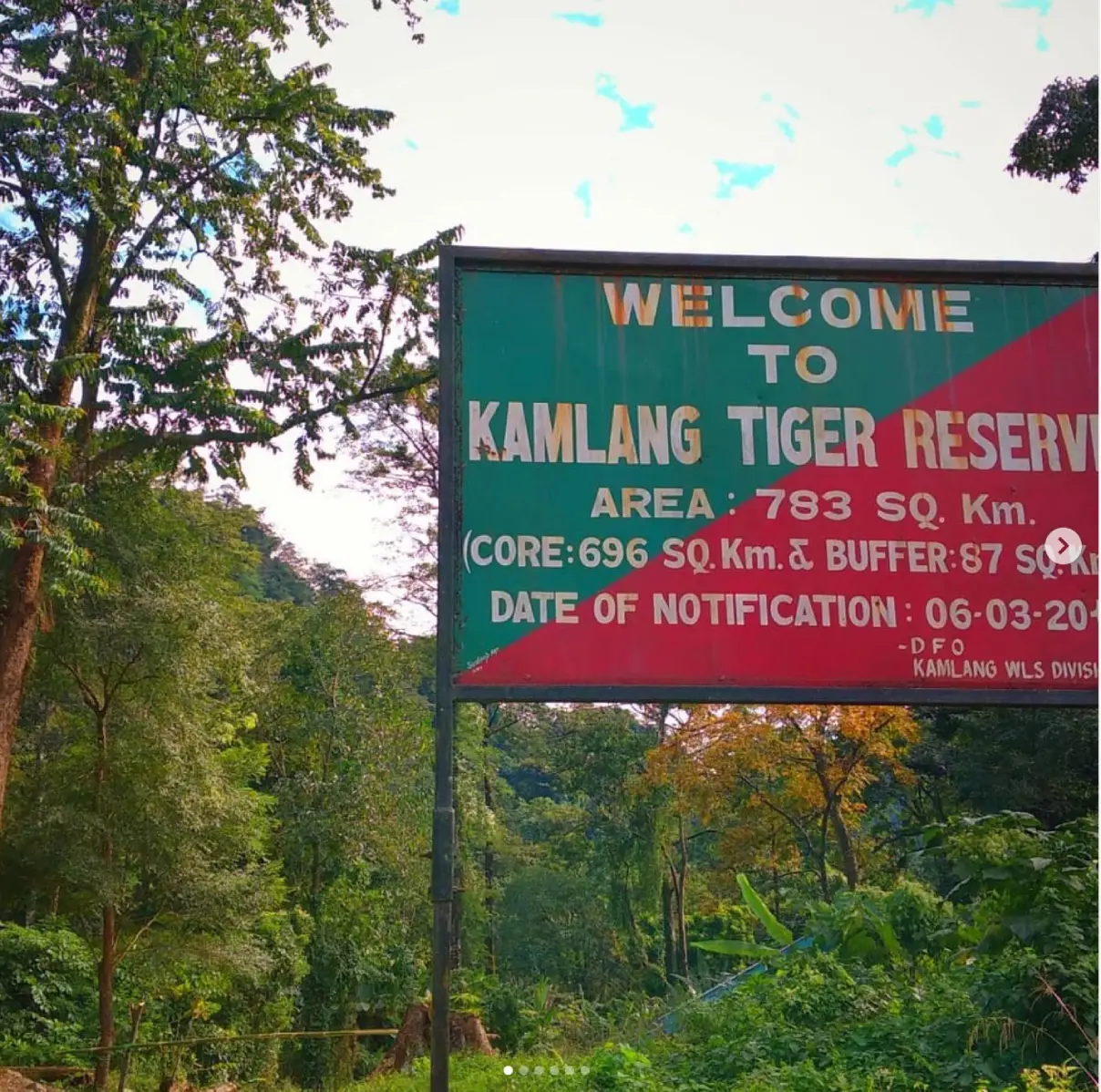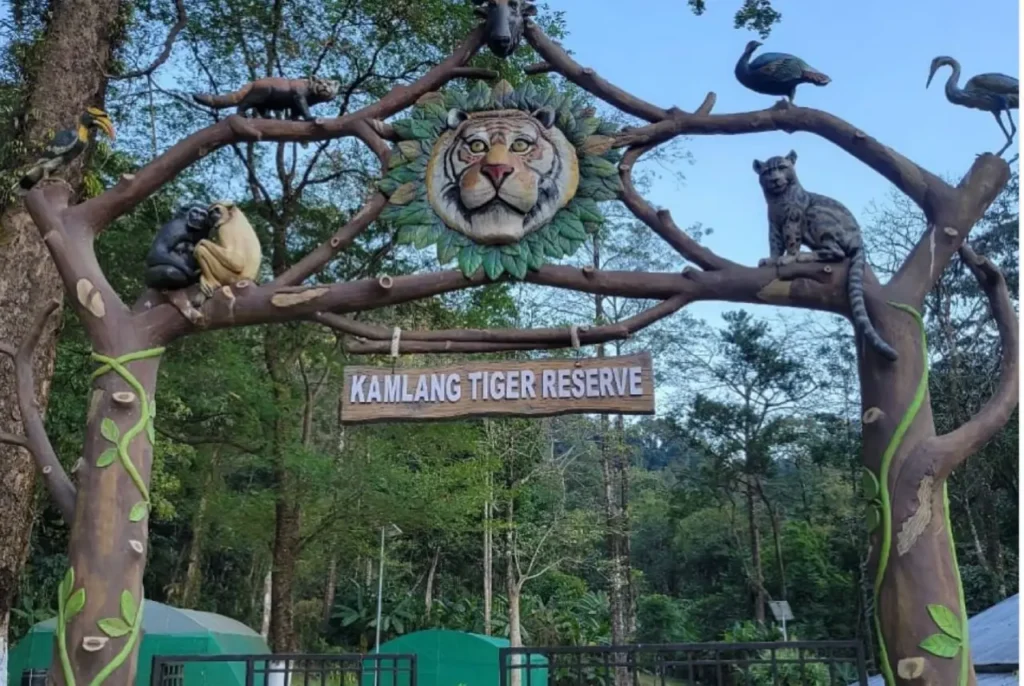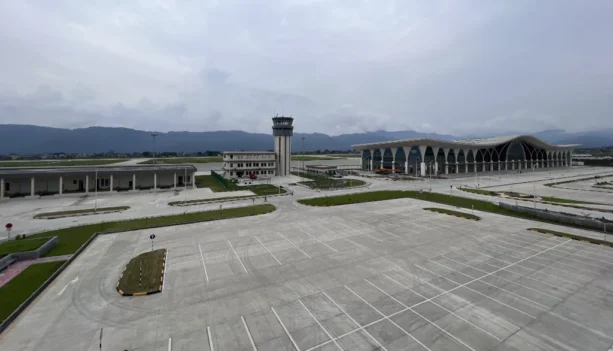Nestled in the pristine landscapes of Arunachal Pradesh, Kamlang Tiger Reserve stands as a beacon of biodiversity, cultural heritage, and ecological importance. Soon, this sanctuary may achieve the distinction of becoming a Ramsar site, a recognition that highlights wetlands of international importance under the Ramsar Convention. If approved, Kamlang will join the illustrious ranks of sites such as Deepor Beel in Assam, reaffirming the ecological significance of India’s northeast in the global environmental map.
Arunachal Pradesh’s Deputy Chief Minister, Chowna Mein, recently announced that the forest department has submitted a proposal to secure this designation for Kamlang Tiger Reserve. Speaking during the inauguration of infrastructure projects in the Lohit district, Mein underscored the state government’s commitment to preserving Arunachal Pradesh’s rich natural heritage. These infrastructure developments, such as the Glaw Lake Road and Steel Bridge at Sena Brai, aim to improve accessibility to the region while promoting sustainable tourism and preserving the sanctuary’s biodiversity.
The announcement coincided with the Parshuram Kund Mela 2025, a major cultural event held annually in Lohit district. This convergence of cultural and ecological milestones underscores the unique blend of heritage and natural beauty that Kamlang Tiger Reserve offers.
A haven for biodiversity
Established in 1989, Kamlang Tiger Reserve is India’s 50th and youngest tiger reserve, covering an expansive area of 783 square kilometres. Situated in the Eastern Himalayas, a global biodiversity hotspot, it is home to an incredible array of flora and fauna. Among its most notable inhabitants are the four big cats of India: the tiger, leopard, clouded leopard, and snow leopard. This remarkable feat makes Kamlang a vital ecological sanctuary for conserving apex predators.
Additionally, the reserve harbours rare and endangered species such as the white-bellied heron, Mishmi Takin, Red Panda, and Slow Loris. The sighting of a white-bellied heron, a critically endangered bird with fewer than 300 individuals left worldwide, highlights the importance of protecting this sanctuary’s unique habitats. The reserve’s wetlands and forests also support an intricate web of life, from migratory birds to indigenous plants, making it a living testament to nature’s resilience.
Glaw lake and Parshuram Kund: Jewels of the Reserve
Kamlang Tiger Reserve is distinguished by its captivating landscapes, which include numerous water bodies and dense forests. Among these is Glaw Lake, a breathtaking natural marvel situated at an elevation of 5,000 feet. Spanning an area of 8 square kilometres, this serene lake is accessible only by trekking, making it a haven for adventure enthusiasts and nature lovers. Its crystal-clear waters reflect the surrounding peaks, creating a picturesque setting that leaves visitors in awe.

Another prominent feature within the reserve is Parshuram Kund, a sacred pilgrimage site revered in Hindu mythology. This spiritual landmark draws thousands of devotees annually, further intertwining the region’s natural and cultural significance.
Indigenous communities and cultural legacy
The sanctuary is not just a haven for wildlife but also a home to indigenous tribes such as the Mishmi, Digaro Mishmi, and Miju Mishmi. These communities have lived in harmony with the forest for generations, relying on its resources for their sustenance and weaving their cultural narratives into its lush landscapes. The Mishmi tribes trace their ancestry to King Rukmo of the Mahabharata and uphold ancient traditions that celebrate their connection to the land.
Their beliefs include myths of an invisible god, Suto Phenkhenynon Jamalu, which reflect a deep spiritual bond with the environment. Preserving the Kamlang Tiger Reserve is as much about safeguarding this cultural heritage as it is about protecting biodiversity.
A global model for conservation amidst climate change
The designation of Kamlang as a Ramsar site would elevate its status as a critical wetland and attract global attention to its ecological and cultural significance. Such recognition is vital in an era of accelerating climate change, where conserving biodiversity-rich areas like Kamlang can help mitigate the impacts of environmental degradation.
The Arunachal Pradesh government’s efforts to balance infrastructure development with ecological preservation are commendable. Projects aimed at enhancing connectivity to Glow Lake and other areas of the sanctuary are being undertaken with a focus on minimising disruption to wildlife corridors and natural vegetation. This approach sets a model for sustainable development that prioritises biodiversity conservation while promoting eco-tourism.
A vision for the future
Kamlang Tiger Reserve represents the confluence of nature, culture, and resilience. Its unique blend of ecological treasures, cultural narratives, and spiritual significance makes it a sanctuary worth preserving for future generations. As it moves closer to becoming a Ramsar site, Kamlang serves as a reminder of the critical role such landscapes play in maintaining the planet’s ecological balance.
In a time when climate change threatens ecosystems worldwide, the commitment to conserving Kamlang Tiger Reserve is a testament to the enduring value of biodiversity and cultural heritage. Protecting this sanctuary is not just an investment in the environment but also in the stories and legacies that bind humanity to the natural world.







